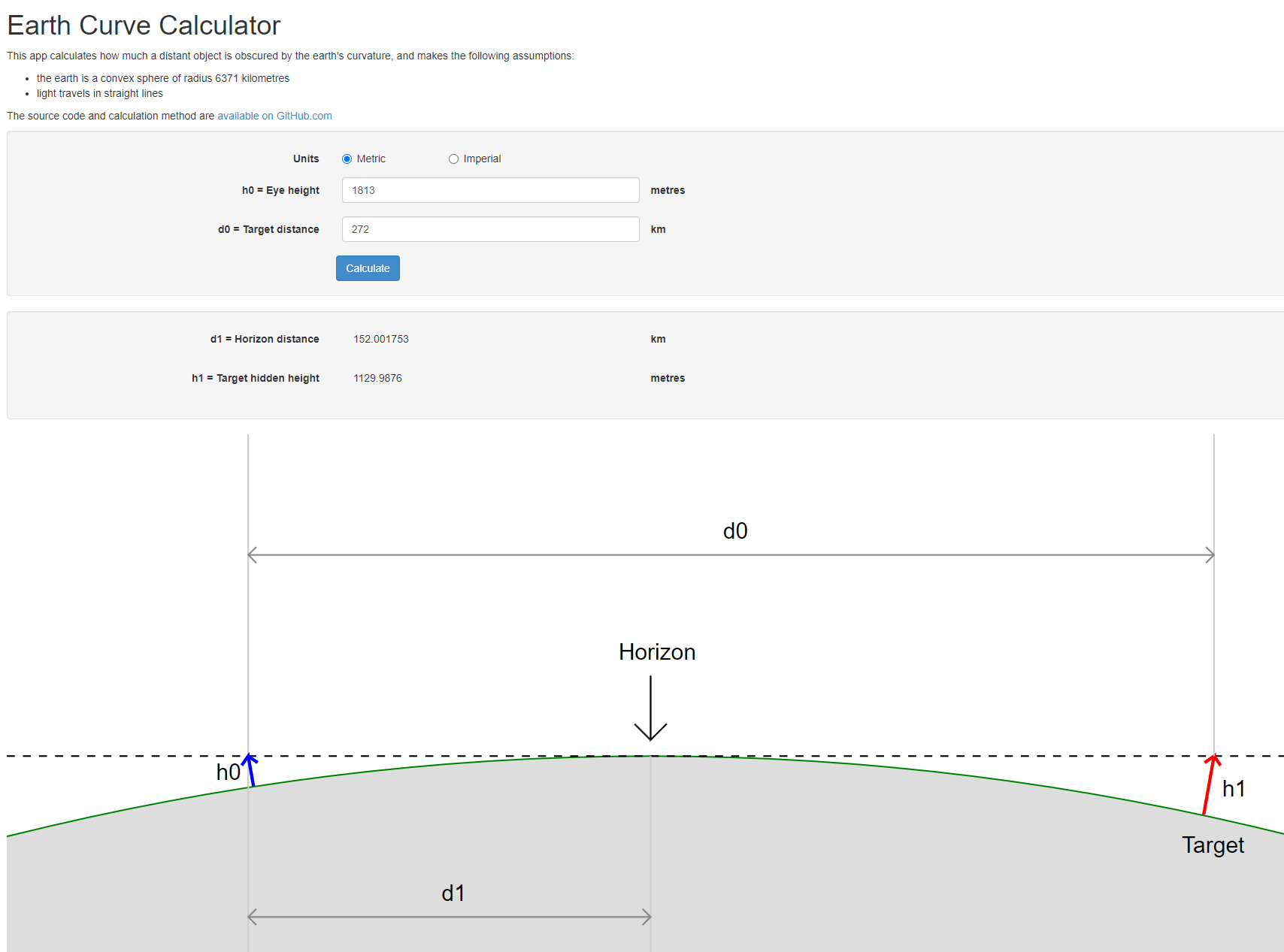bitcoin, the pioneering cryptocurrency, operates on a model of scarcity, a key component of which is its capped supply of 21 million coins. Built into its design is the halving event, which occurs approximately every four years, reducing the reward for mining new blocks by half. This mechanism not only slows the rate of new bitcoin entering circulation but also contributes to the potential value proposition due to increased scarcity over time.
A “supply shock” in the context of bitcoin refers to a sudden or unexpected change in its supply dynamics that could significantly influence its market. Such shocks are typically linked to the halving events or other factors like regulatory changes, major macroeconomic shifts, or significant changes in mining operations.
Halving Events: Historically, Bitcoin halving events have led to reduced new supply, which, coupled with steady or increasing demand, has often been followed by price appreciation. This is partly due to the anticipation and speculation surrounding these events.
Regulatory Changes: Regulatory decisions in key markets, such as the introduction of stringent controls or, conversely, the adoption and integration of Bitcoin into existing financial systems, can create shocks in supply. For example, a clampdown in a major mining region could temporarily reduce the available supply.
Technological or Network Changes: Major updates to the network or significant innovations in mining technology could influence supply dynamics. Advances that make mining more efficient might initially increase the supply, although this is bounded by the hard cap of Bitcoin.
Market Sentiment and Institutional Interest: A sudden increase in institutional investment or a shift in market sentiment can potentially lead to a supply shock. If large-scale investors decide to buy and hold Bitcoin, this could reduce the available supply on exchanges, leading to price volatility.
In sum, Bitcoin’s deterministic supply, set against an unpredictable demand curve, makes supply shocks an inherent feature of its market. Investors and analysts closely monitor these potential shocks, understanding that they can lead to significant implications for Bitcoin’s price and market dynamics. As Bitcoin matures, its response to supply shocks may evolve, potentially stabilizing with greater market depth and broader adoption.

No responses yet